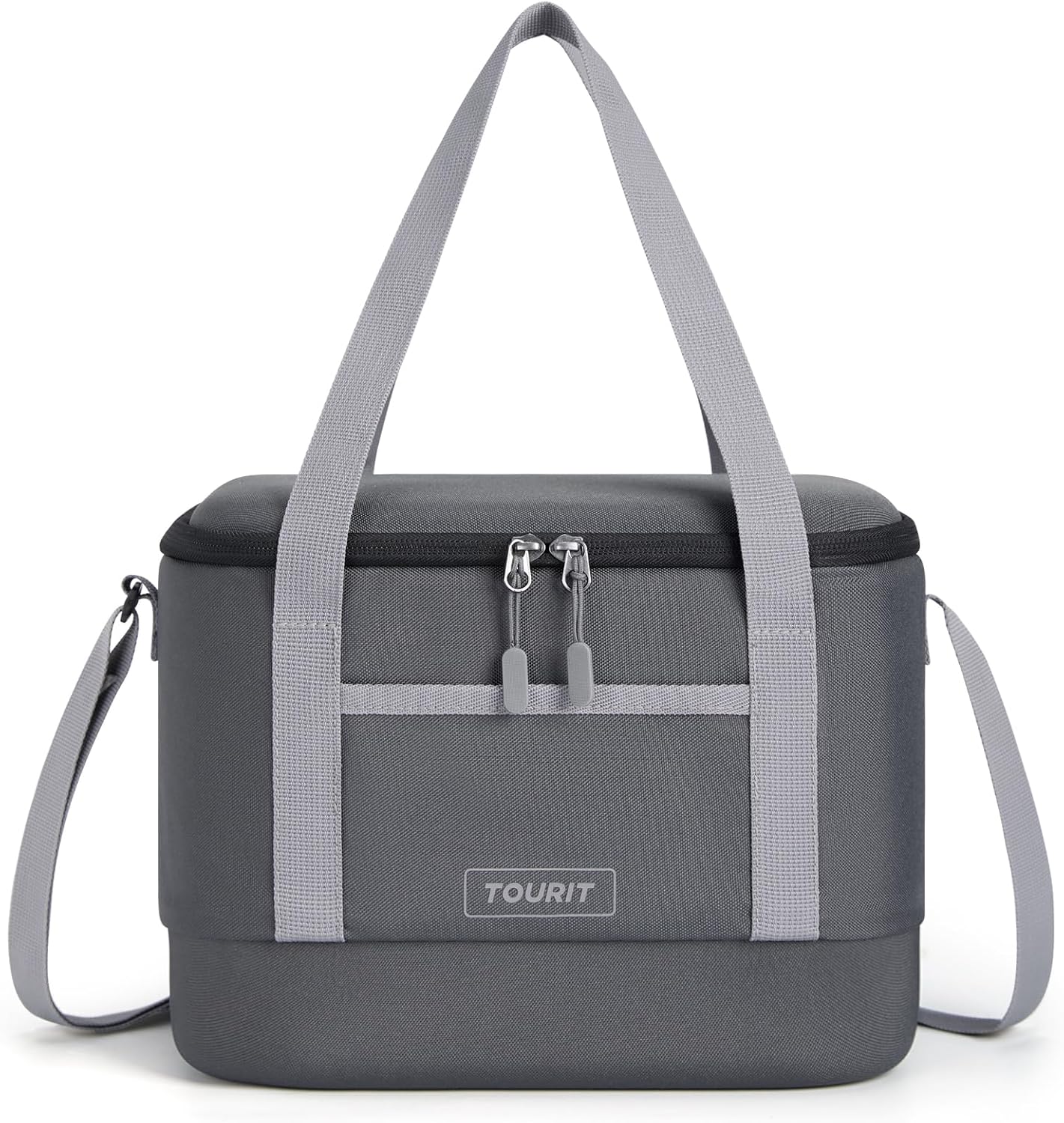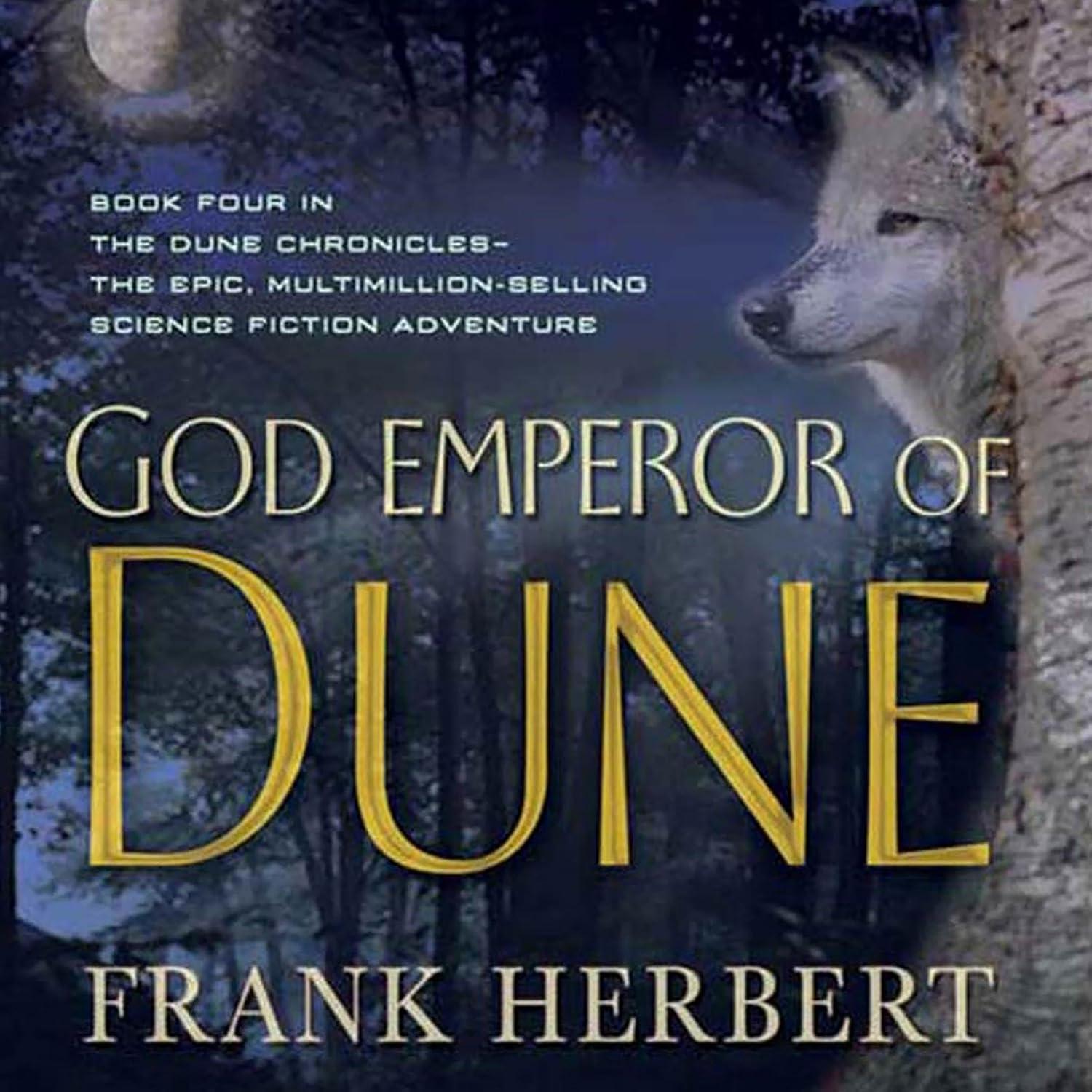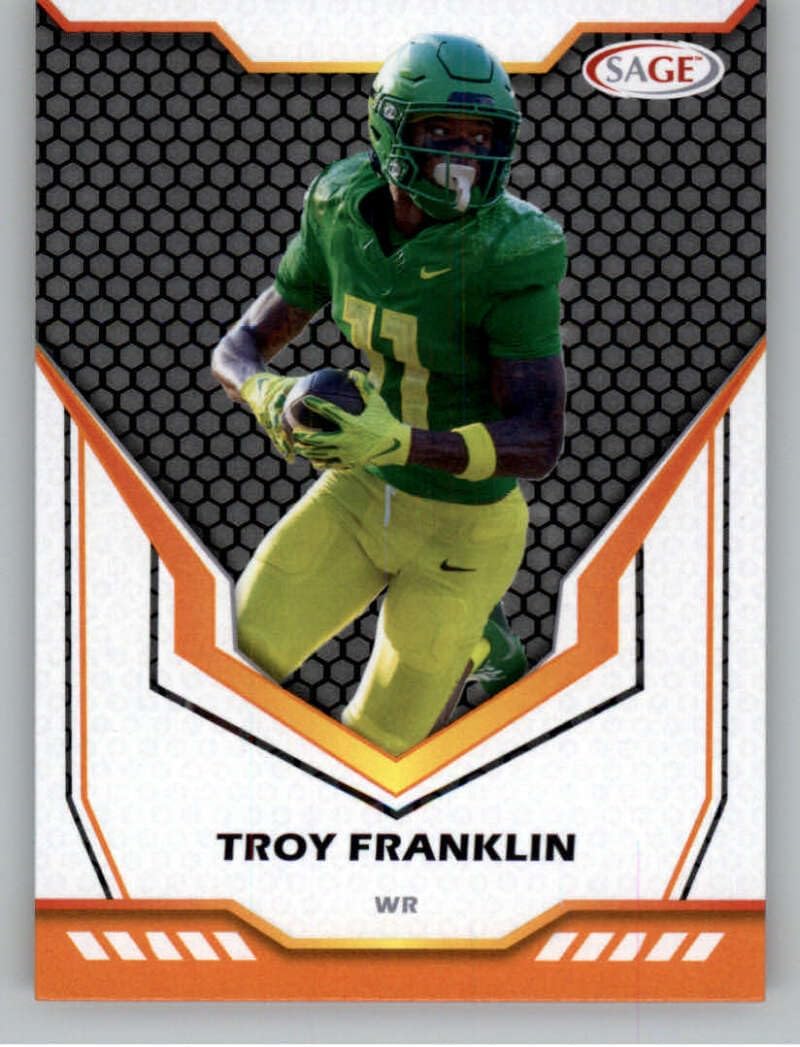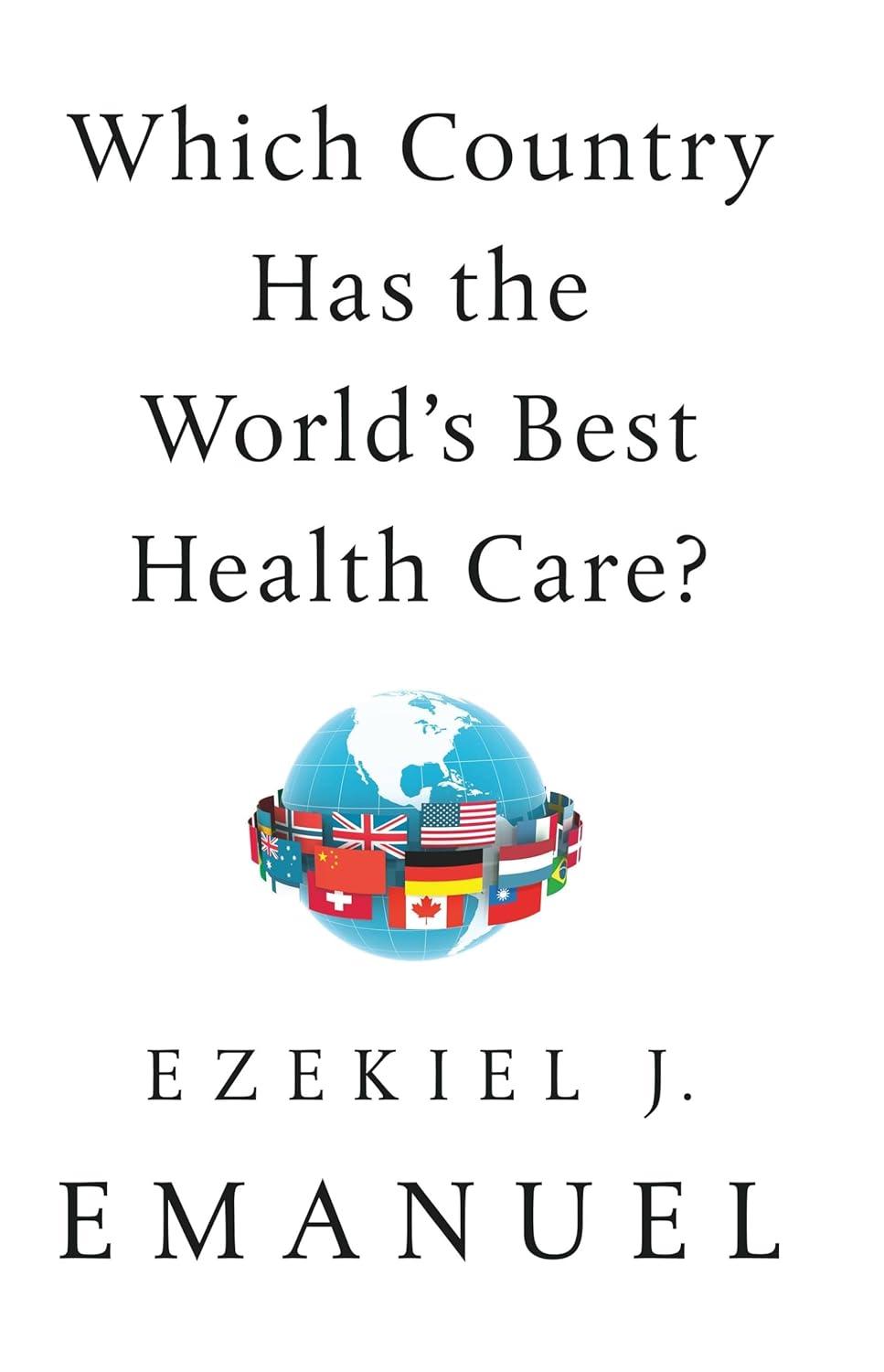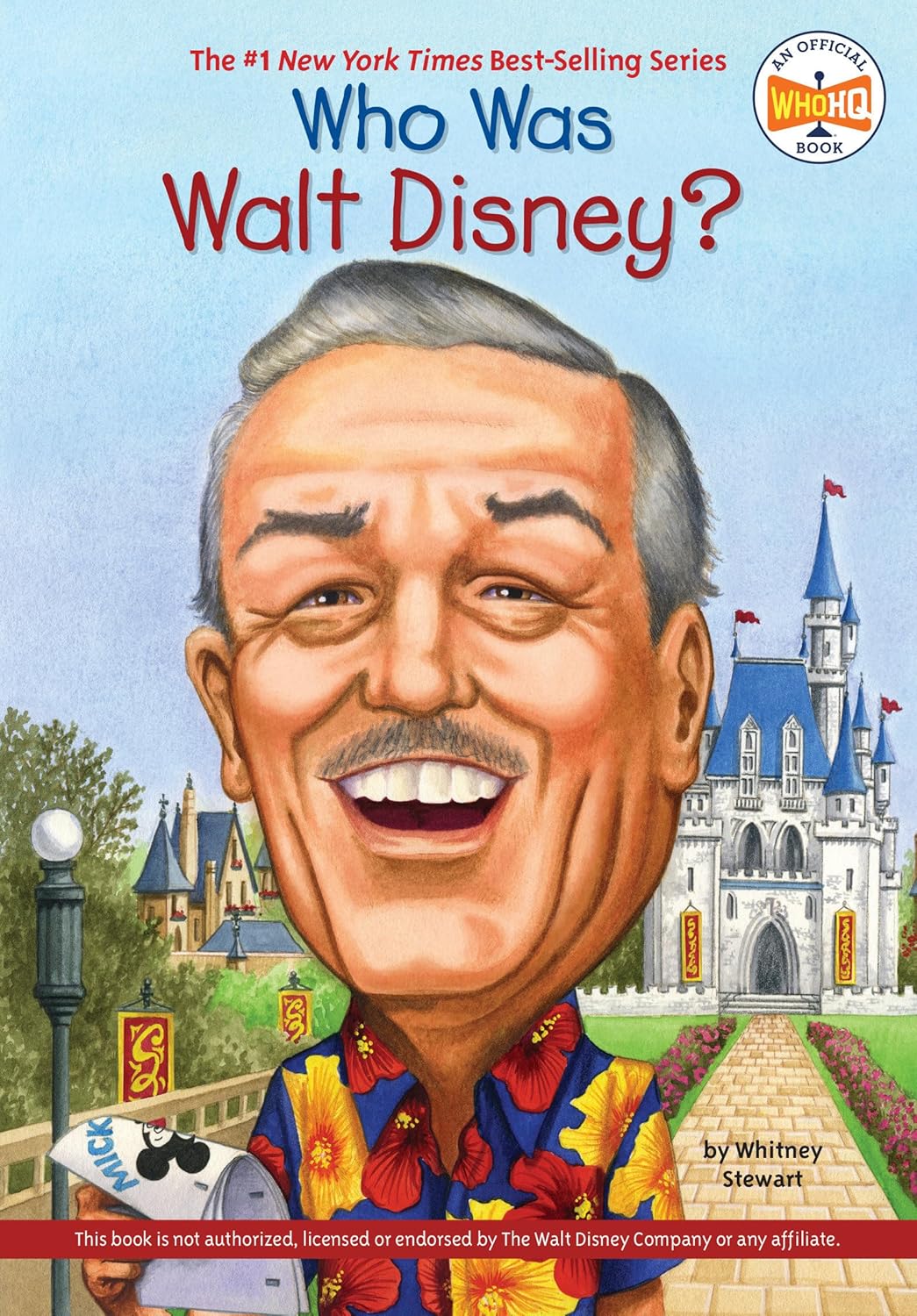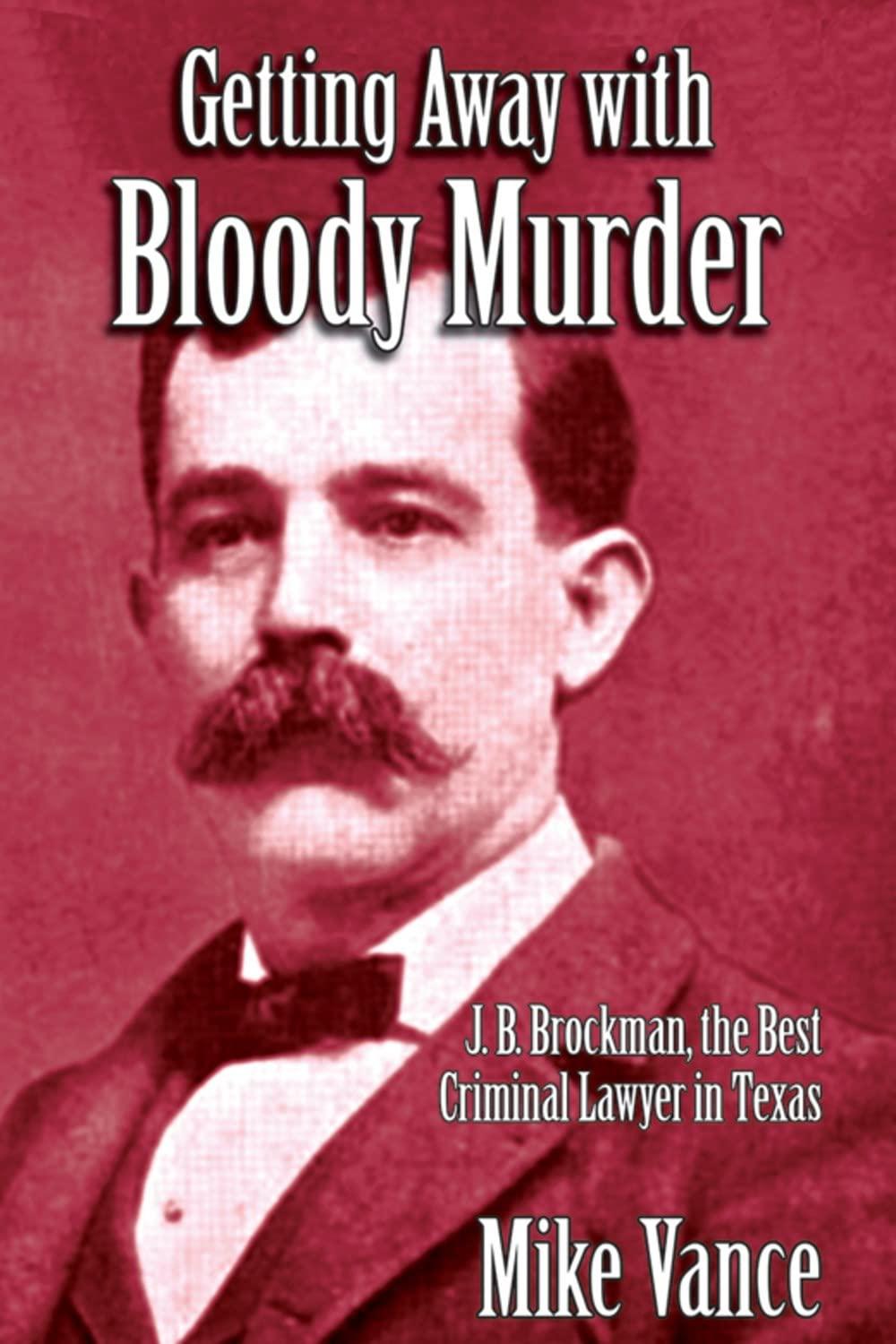Welcome to the "Verminox Furniture Life Hall," your ultimate guide to creating a living space that reflects both style and comfort. In this article, we'll explore the best furniture options for big guys, highlighting key factors to consider for achieving the perfect balance between practicality and aesthetics. Whether you're navigating the challenges of choosing the right side-by-side seating or looking for pieces that support your lifestyle, we've got you covered!
We'll draw on insights from thoughtful discussions like "What's the Matter with White People?: Finding Our Way in the Next America" to underscore the importance of understanding individual needs in a diverse world. get ready to discover features and benefits of standout furniture pieces that cater to your unique requirements, ensuring your home not only looks great but also feels inviting. Join us as we embark on this journey to transform your space into a personal sanctuary!
An Engaging journey Through America's cultural Landscape

If you're looking to understand the complex and often turbulent journey of America’s cultural landscape, this insightful exploration by joan Walsh offers a compelling narrative. The focus is sharp, highlighting key transformations that began in the 1970s, such as the rise of income inequality, stagnant middle-class wages, and the decline of unions. With a focus on two distinct narratives that have emerged, Walsh delves into a divide that transcends mere party lines, illuminating how different perspectives view the erosion of the American dream. As you navigate through her arguments, you’ll find yourself pondering the impact of right-wing culture wars and changes in economic mobility that have baffled many for decades.
However, it's not all roses—Walsh also identifies pain points that have contributed to disillusionment among many Americans. A few notable critiques stand out: a shrinking middle-class stability, the relentless culture of division that pits Americans against each other, and the failure of liberal narratives to inspire unity. Thes elements create a backdrop that feels all too familiar as you assess the cultural rifts still present today. Understanding these dynamics can be pivotal for anyone seeking to bridge the growing divide in America. If this resonates with you, consider diving deeper into the subject matter by checking out your purchase options: 
| Feature | Detail |
|---|---|
| Key Themes | Socioeconomic Divide, Political narratives |
| Pain Points | Stagnant Wages, Decline of Unions, Economic Inequality |
| Focus Areas | Culture Wars, Middle-class Challenges, Liberal Collaboration |
- Pros:
- engaging narrative that draws connections across decades
- Deep analysis of cultural and political shifts
- Encourages readers to critically assess their views
- Cons:
- Complex themes may be overwhelming for some readers
- Can feel heavy with political discourse
- Lacks a unifying solution for the issues presented
exploring themes like these can provide valuable context for understanding the broader societal issues we face today. Don't miss your chance to gain further insight; find your copy  and embark on a journey through America's evolving cultural landscape.
and embark on a journey through America's evolving cultural landscape.
Exploring the Insights and Themes of the Book

If you’ve felt the growing divide in America and find yourself questioning what went wrong, this book uncovers critical insights that resonate deeply with the current climate. Joan Walsh explores how the American middle class, once celebrated globally, has been systematically undermined as the 1960s. This change didn't just affect wages; it incited a bitter political battle that continues to deepen divides within communities. Walsh skillfully connects the rise of right-wing narratives with the moral blame placed on marginalized groups—affecting the unity and solidarity that Americans used to cherish. The heart of the issue lies in the contrasting stories we tell about American decline, with one viewpoint blaming the underprivileged and another highlighting the systemic advantages afforded to the wealthy.
As you flip through the pages, you’ll encounter importent pain points, such as the demise of labor unions, the stagnation of wages for the middle class, and the rise in income inequality. Each of these elements paints a stark picture of a nation grappling with its identity and future. walsh holds a mirror to all sides of the debate, showing how even the intentions of liberals to unite can sometimes inadvertently fuel a divisive narrative. With her personal anecdotes, specifically about her family, she dosts the disconnects that often keep us locked in our respective corners. Interested in connecting the dots of our political and economic landscape? This book stands out as a compelling read for anyone looking to understand the fuller context of contemporary America.
| Feature | Detail |
|---|---|
| Key Theme | Political Divisions As the 1970s |
| Cultural Commentary | Impact of Right-Wing Narratives |
| Personal Insight | Anecdotes from Author's Family |
- Pros:
- In-depth analysis of socio-political changes
- Relatable personal stories
- Engaging writing style that keeps you hooked
- Cons:
- may feel heavy on political discourse for some
- Addresses complex issues that require contemplation
- Challenges preconceived notions which can be uncomfortable
Ready to dive into an exploration of themes that are more relevant now than ever? You can find your copy  and start understanding the intricate narratives shaping today’s America.
and start understanding the intricate narratives shaping today’s America.
Navigating Your Personal Reflection and Experience
Review Section:
If you're seeking to understand the intricate landscape of American society over the past few decades, this book is a compelling starting point. Joan Walsh's insights delve into the shifting complexities of class, race, and politics, painting a picture of how right-wing culture warriors have pitted various groups against each other. The stark pain points you might relate to include the following:
- Stagnation of middle-class wages has left many feeling economically suffocated.
- the demise of unions has undermined solid job security and workers' rights.
- Increasing income inequality creates a divide that feels insurmountable for many striving for a better life.
For those who have sensed these issues but found it challenging to articulate them, Walsh provides a thoughtful analysis that connects the dots of economic decline while also challenging the narratives each side clings to. In a time when divisive politics thrive,her exploration pushes you to reflect on how these historical trends have shaped not only individual experiences but also collective identity.
When you dive into Walsh's narrative, you’ll find that it doesn’t merely dissect problems but also urges a re-imagination of unity and fairness in American culture. Her candid approach resonates deeply as she reflects on her own family’s experience,showing that the polarization isn’t just an abstract concept but something that affects everyday Americans. By navigating through the conflicting views of the past forty years, you’ll gain a richer understanding of where society stands today. This book is a must-read to challenge your perspective and encourage dialog around what it truly means to be part of this "us vs. them" landscape. Don't miss out on the insights this read offers. Check it out for yourself: 
| Feature | Detail |
|---|---|
| Class Struggles | Explores the decline of the American middle class and political fragmentation. |
| Income Inequality | Examines the widening gap between the wealthy and the rest. |
| Cultural Narratives | Analyzes the differing perspectives on the causes of America's economic and social issues. |
Taking Action Based on New Perspectives and Understanding
As you dive deeper into Walsh's arguments, it becomes clear that understanding these complex historical contexts is vital for moving forward together. She critiques both sides of the political spectrum: the right's portrayal of "the other" and the liberal missteps that failed to create a cohesive vision for America’s diverse populace. This illuminating exploration encourages you to consider how the culture wars have not only divided us but have also kept many of us from recognizing shared struggles. By navigating these complexities,the book empowers you with new perspectives that are crucial for fostering collective action in pursuit of a fairer society.
| feature | Detail |
|---|---|
| Focus Area | Political divide and economic decline |
| Historical Context | Events from the 1960s to present |
| Key Themes | Income inequality, cultural wars, labor unions |
You can further explore these gripping insights and join the conversation about America's future by grabbing a copy for yourself.
Pros & Cons
Pros of "What's the Matter with White People?: Finding Our Way in the Next America"
- Provocative Insights: The book offers unique perspectives on race and identity.
- Engaging Writing Style: The author's narrative is accessible and thought-provoking.
- Relevant Topics: Addresses issues pertinent to contemporary America, making it timely.
- Brand Reputation: Authored by a well-respected writer, enhancing credibility.
- Affordability: Priced reasonably compared to similar books in the genre.
Cons of "What's the Matter with White People?: Finding Our Way in the Next america"
- Polarizing Subject Matter: The themes presented may not resonate with all readers.
- Limited Appeal: Primarily targeted at a specific demographic, which may alienate some audiences.
- Depth of Analysis: Some readers may find the analysis superficial compared to academic texts.
- Durability: The physical copy may not withstand frequent handling or extensive use.
- Can Be Challenging: The complexity of topics coudl be daunting for casual readers.
 Buy What's the Matter with White People?: Finding Our Way in the Next America Now
Buy What's the Matter with White People?: Finding Our Way in the Next America Now
Q&A
Question: What is the main theme of "What's the Matter with White People?"
Answer: The book explores the challenges and complexities of race relations in America, notably focusing on the perceptions and experiences of white individuals in a changing society. Author Joan Walsh examines how shifting demographics, economic inequalities, and political tensions affect the attitudes and beliefs of white americans and encourages readers to engage in dialogues that promote understanding and change.
Question: Who is the author, and what experience do they bring to the book?
answer: Joan walsh is a well-respected journalist and editor with extensive experience in political commentary and social issues.She has written for various prominent publications, which provides her with insights into the intersection of race, class, and politics. Her background in journalism enhances the narrative with anecdotal evidence and expert analysis, making it a compelling read.
Question: Is this book suitable for all readers?
Answer: Yes, "what's the Matter with White People?" is intended for a broad audience.While it caters to those interested in race relations and social justice, it is indeed approachable for anyone seeking a deeper understanding of contemporary issues in America. The book's conversational tone helps facilitate discussions,making it accessible to both seasoned activists and newcomers alike.
Question: What type of insights can I expect from this book?
Answer: Readers can expect a blend of personal anecdotes, historical context, and sociopolitical commentary. Walsh provides insights into the factors shaping white identity in America, including economic anxieties and cultural shifts.The book also delves into the roles that privilege and systemic racism play, encouraging self-reflection and fostering empathy among readers.
Question: How does this book compare to other works on race relations?
Answer: While many books focus predominantly on the experiences of marginalized communities, Walsh's approach uniquely centers on white perspectives in the context of racial discourse. This provides a balanced viewpoint, encouraging critical self-examination. Compared to works like "White Fragility" by Robin DiAngelo, this book adopts a more personal narrative style and offers practical suggestions for moving forward, making it a refreshing addition to the conversation.
Question: Can "What's the Matter with White people?" be used as a discussion guide?
Answer: Absolutely! The book is structured to provoke thought and discussion, making it an excellent choice for book clubs or classroom settings. Each chapter poses questions for reflection and offers scenarios that can spark meaningful conversations about race, privilege, and social change. Using it as a discussion guide can enhance participants' understanding of their positions in the evolving racial landscape of America.
Question: Will this book provide solutions to the issues it raises?
Answer: While the book doesn't claim to provide definitive solutions,it does offer pathways for understanding and dialogue. Walsh emphasizes the importance of acknowledging discomfort and engaging in conversations about race. By highlighting various challenges and perspectives, she invites readers to consider their roles in fostering inclusive communities, thus promoting personal growth and collective responsibility.
Question: What reader reviews say about the impact of this book?
Answer: Many readers have praised "What's the Matter with white People?" for its honest and thought-provoking examination of race relations. Reviewers often highlight how it encourages them to confront their biases and engage in necessary conversations about race. Moreover, readers appreciate Walsh’s ability to make complex topics relatable and engaging, solidifying the book's significance in contemporary discussions on social justice.
Transform Your World
In the landscape of modern America, understanding the complexities and narratives that shape our society is more crucial than ever. This book invites you to delve into a conversation that transcends mere statistics, pressing you to reflect on how collective stories define our identity and future. By exploring these powerful insights, you gain a clearer perspective on the forces at play and your role within this evolving narrative.
If you’re ready to engage thoughtfully with these themes and foster meaningful conversations in your circle, consider picking up a copy. Equip yourself with the knowledge that can spark understanding and bridge divides.







